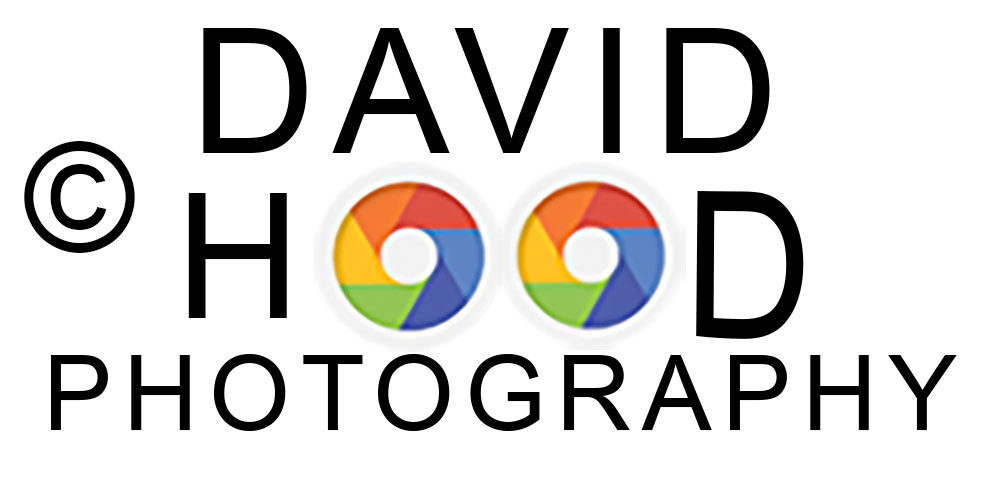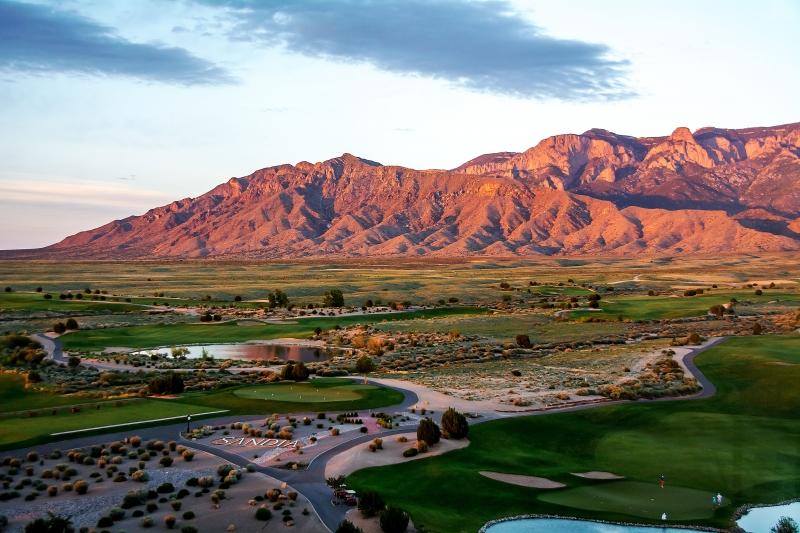Much has been written about the importance of selecting the appropriate aperture, shutter speed and ISO setting for the best quality picture given the subject matter and available light. In this post I’d like to share some insights that I’ve discovered through research and plenty of trial and error practice that might be helpful to you.
This landscape photo of the Sandia Mountains was taken through glass at the 9th floor restaurant of a nearby resort. My camera is a Nikon D7100; I used a Nikon f/ 3.5-5.6 18-200 mm zoom lens at 31 mm and used manual mode with aperture set at f/4, shutter speed at 1/80th second, and “auto” ISO which my camera’s meter set at 560.
Lighting. Some of the best landscape photos are taken at the “golden hour” just after sunrise and just before sunset the time when the sun’s light is not so strong that that there is a harshness to the photo, but is sufficient to show detail and add shadow and dimension. Timing is everything – I took several photos just before this one, but by comparison they lack the definition and dimension that this shot contains. Shooting through glass can be tricky because of reflections and glare. When I took this photo I did my best to reduce these effects by using a circular polarizer filter and by getting the lens close to the glass and using part of the wall structure to shade the reflections from the overhead restaurant lights.
Aperture. I recently read an article that hit home with me. I used to believe that a small aperture (or high f stop number like f/22) was important for increasing the depth of field, thus keeping everything from the foreground to the horizon in focus. However, generally accepted principle may be modified when distance away from the subject is considered. Depending upon the focal length of the lens used, if you are far enough away from the subject then everything in the field of view will be in focus regardless of the aperture selected. Many good sources are available to explain how hyperfocal distance is computed, and yes – there is an app for that! For this photo I was several hundred yards away from the foreground in the field of view, so I selected the largest aperture (smallest number f stop) available for the lens and focal length that I was using.
Shutter Speed. At the f/4 wide open aperture selected, my camera meter indicated that I could set the shutter speed at 1/80th second without resorting to a high ISO setting which would have introduced undesirable increased “noise” or grain to the photo. I probably could have reduced shutter speed to 1/60th second and lowered the ISO further, but opted for 1/80th second to ensure that I didn’t introduce any blurriness due to camera shake (photo was taken hand held). My camera’s sensor produces photos with negligible noise at ISO settings below 400, and only minimal noise at ISO settings in the 800 to 1200 range.
ISO Speed. As explained above, I put my ISO setting on “auto” and let the camera select the correct ISO for the aperture and shutter speed that I selected. I frequently use this option to reduce the time required to select the best camera settings for the proper exposure as it reduces the variables for three to two settings. Thus, I can more quickly frame, focus, and select my aperture and shutter speed by quickly dialing the front and rear wheels near the shutter release button. A quick look in the viewfinder tells me the camera’s selected ISO for the aperture and shutter speed that I selected. If the ISO is too high, I can quickly reduce it provided that I can reduce shutter speed without introducing the risk of camera shake blurriness. If I had been using one of my faster lenses with an aperture opens as wide as f/1.8, then I could have opened the selected aperture another one or two stops to reduce the ISO as well.
I hope that my discussion of these techniques may be helpful to you – happy shooting! Please feel free to leave a reply or share my website on social media with your friends. Please contact me if you would like to purchase a print of this photo.
Capture the Wonders Found in Travel and Life Email: d300dave@gmail.com


